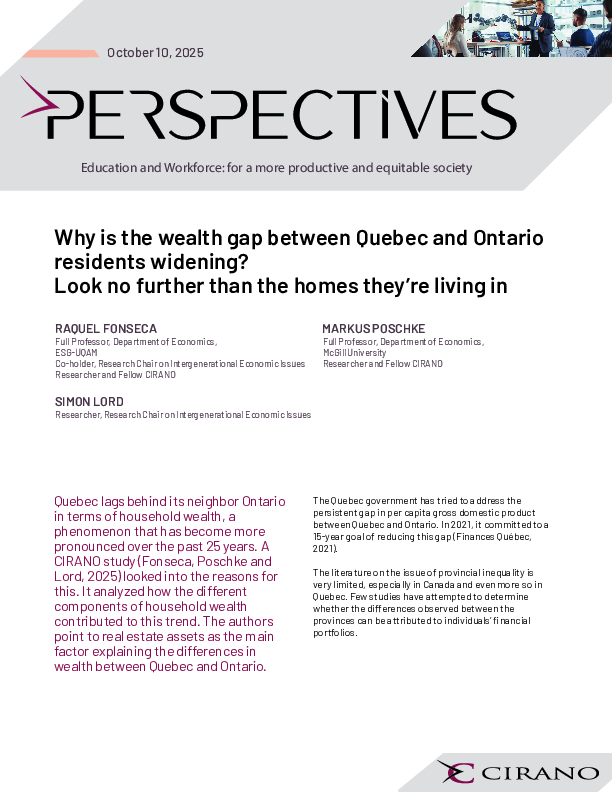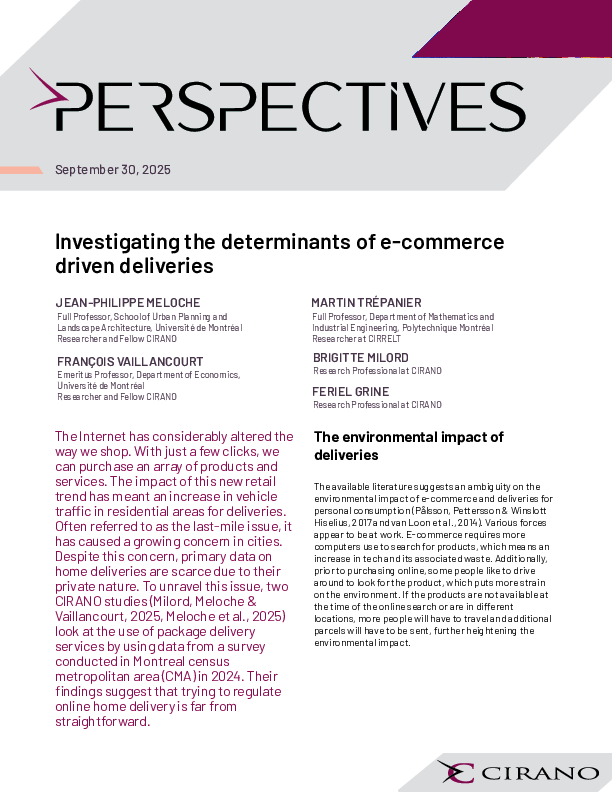Taxe sur l’empreinte écologique de l’occupation du sol : impacts sur les propriétés non résidentielles et analyse des impacts régionaux pour les propriétés résidentielles
In a CIRANO report published in October 2023, Jean-Philippe Meloche and co-authors proposed a tax on the ecological footprint of land use. In this new study, Jean-Philippe Meloche and Brigitte Milord are interested in the impact such a tax could have on non-residential activities and on inequalities between households and on regional disparities. Their results show that the tax on the ecological footprint of land use is relevant to industrial and commercial properties. Despite the high level of mineralization of these properties, their tax burden remains modest in proportion to the economic activities taking place there. As for institutional activities, the application of the eco-fiscal measure creates governance challenges. Even though it seems difficult to subject government properties to ecofiscal measures, the amount of the tax should at least be disclosed to them in order to promote more environmentally friendly management of those properties. In the residential sector, the eco-tax measure is working well for nearly 99% of properties across Quebec. Finally, the tax burden seems relatively neutral in relation to household incomes and penalizes mainly the least dense modes of occupancy. The application of a rural-friendly rate grid appears relevant for residential properties due to disparities in the tax burden and the lower value of the reference rural ecosystem. However, it would be important to have buffer zones around urban areas with declining rates in order to prevent the spread between rural and urban rates from becoming an incentive to spread out.




